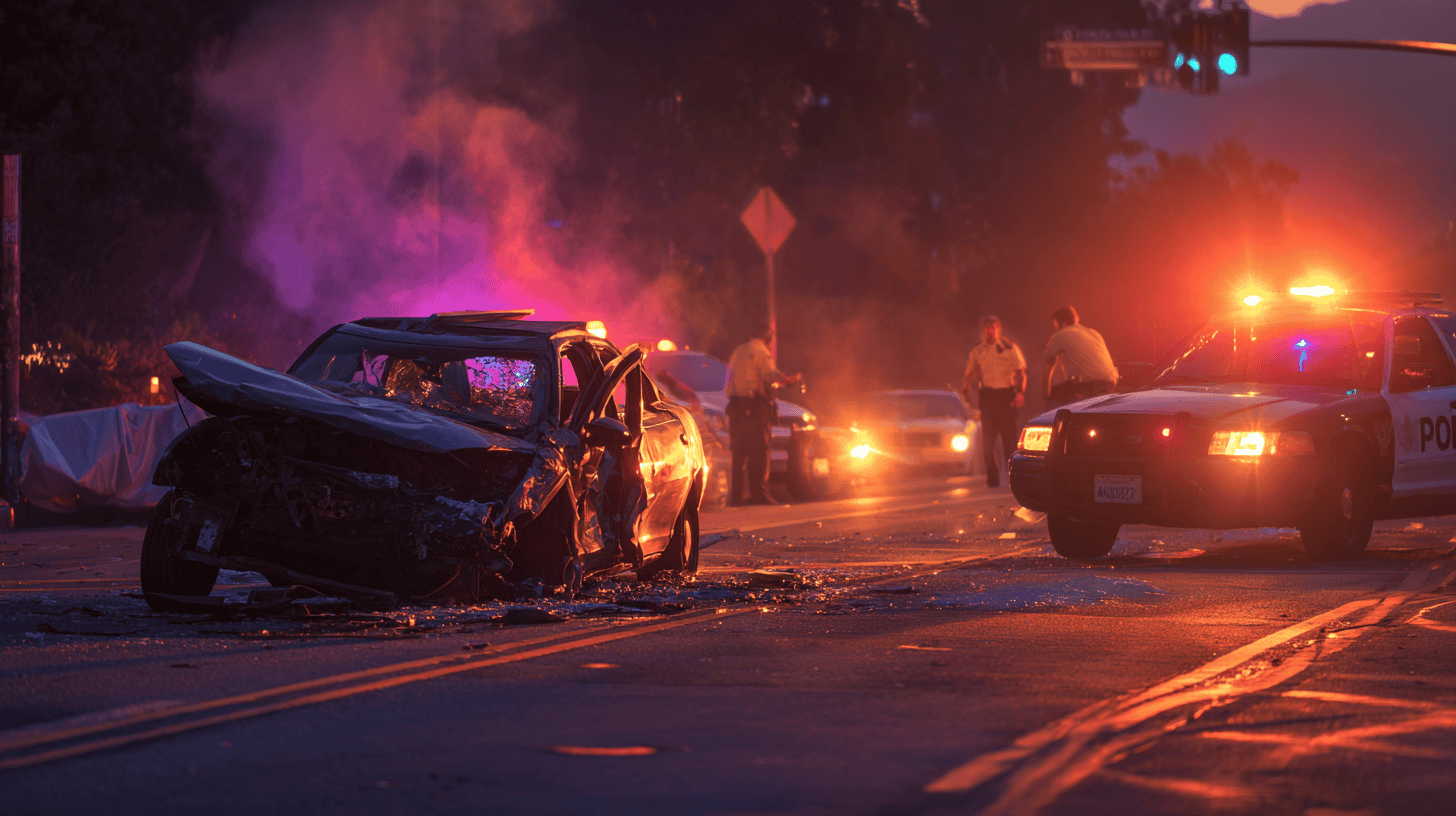8730 Wilshire Boulevard, California 90211
Get Help Now
8730 Wilshire Boulevard, California 90211
Get Help Now

One person is confirmed dead following a police chase-prompted high-speed DUI wreck in the early morning hours of March 28, 2025.
According to the Los Angeles Police Department, officers were in pursuit of a possible DUI driver. They broke off the chase near Century Boulevard and Concourse Way due to the suspect’s excessive speed.
The driver continued and crashed into another car about a mile down the road at Sepulveda and Century Boulevards near LAX. Two suspects ran from the crash site and were eventually detained. A passenger in the suspect’s vehicle was pronounced dead at the scene.
An LAPD spokesperson said the deceased passenger was a “possible juvenile boy.”
Before we go further, what exactly is a “possible” juvenile? You’re either over 17 or you aren’t, right?
Doublespeak is common following high-speed police chases, as officers sometimes attempt to cover their tracks and justify their reckless actions.
Part of this justification usually involves shifting all the blame for the incident onto the “criminal” who was behind the wheel. But the simple fact is that, in most cases, if officers didn’t chase a suspect, the suspect wouldn’t flee the scene.
Therefore, substantial cause, which is a key element in a negligence case, is usually present in high-speed police chase-related deaths or injuries. However, the sovereign immunity law usually applies in these cases. Therefore, an experienced personal injury attorney must prove recklessness to obtain compensation for victims.
Basically, recklessness, or a conscious disregard for the safety of other people, is a step above negligence. In this context, some factors to consider include:
The officers’ mindset is also important. Do they display a “catch the bad guy” attitude, or do they seem to be aware of their surroundings?
ALSO READ: Police Chase Ends in Fatal Crash
Another brief thought before we go further. Intoxicated drivers cannot safely control their vehicles. How is forcing an intoxicated driver to speed up helping anyone?
Because of the extreme danger, if emergency responders cite a driver for DUI, the negligence per se doctrine usually applies. Under this rule, tortfeasors (negligent drivers) are liable for damages as a matter of law if:
Additional evidence is relevant, and often necessary, as well. For example, to maximize the amount of compensation, a Personal Injury Attorney in California may introduce evidence about the crash itself and the excessive amount of resulting medical bills.
Suppose the motorist was impaired but not intoxicated. In that case, an attorney uses this circumstantial evidence to establish negligence or a lack of care. Most drivers have a duty of reasonable care in most cases. Operator impairment, such as alcohol impairment, fatigue, or distraction, breaches the duty of care. If that breach substantially caused injury, compensation is available.
Usually, this compensation includes money for economic losses, such as medical bills, and noneconomic losses, such as pain and suffering. In a few extreme cases, additional punitive damages may be available as well.
ALSO READ: High-Speed Pursuit Ends in Deadly Rollover Crash
The combination of a drunk driver and a high-speed police chase is usually deadly. For a free consultation with an experienced Los Angeles personal injury lawyer, contact the Law Offices of Eslamboly Hakim. Virtual, home, and hospital visits are available.
Credit: Photo by Midjourney
Tag: